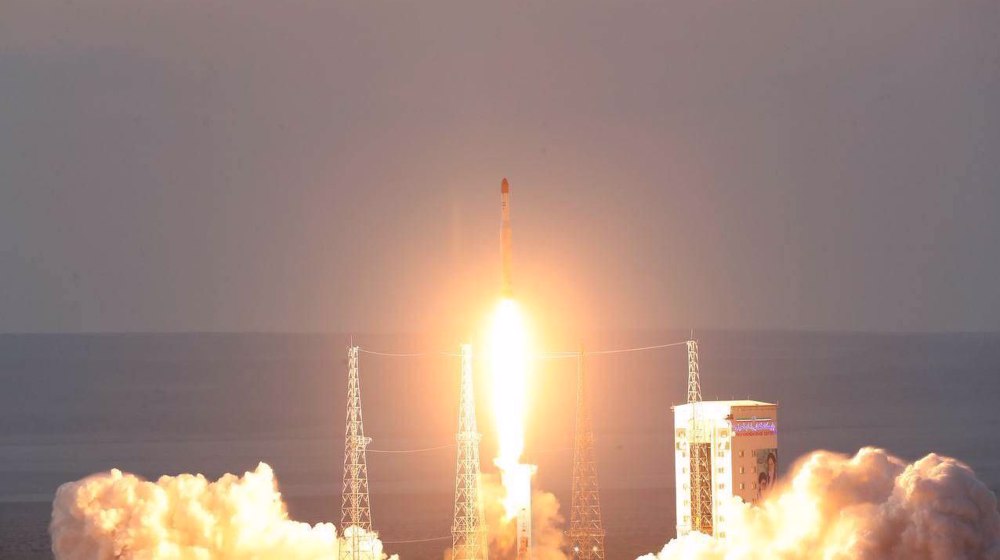NASA to unseal Moon samples sealed after Apollo missions 50 years ago
NSAS says it is finally opening up the vault containing untouched samples from the Apollo missions to the Moon, some three months after it granted nine teams of experts the unique chance of studying the extraterrestrial rock samples.
Back in March the US space agency tasked four teams from NASA, and five teams from University of Arizona, University of California Berkeley, US Naval Research Laboratory, University of New Mexico and Mount Holyoke College/Planetary Science Institute the scientific testing of the pristine samples with 21st-century technology.
The teams have been awarded a combined budget of $8 million to conduct their scientific analysis on three lunar samples, carefully stored and never exposed to the Earth’s atmosphere for the past half century, in an attempt to further deepen our understanding of the Earth’s sole natural satellite.
On July 20, 1969, NASA’s Apollo 11 became the first manned-spaceflight ever to land humans on the Moon and astronauts Neil Armstrong and Buzz Aldrin became the first two humans to step on the Moon and managed to bring back 21.5 kilograms of lunar material as their invaluable souvenir from the alien world.
Their successful mission was followed by five similar ones, all carried out by NASA, between 1969 and 1972, with Apollo 17 became the last of the series. The missions brought back lunar samples weighing a total of 382 kilograms.
Around 70 percent of the samples are still in the sample vault, 15 percent is in safekeeping in White Sands, New Mexico and the rest have been given out for study or display.
According to NASA, the samples, which are about to be studied, had been brought back to the Earth by the Apollo 15, 16 and 17 manned missions, respectively carried out in July 1971, April 1972 and December 1972.
“It’s sort of a coincidence that we’re opening them in the year of the anniversary,” said NASA's Apollo sample curator Ryan Zeigler on Wednesday, while putting on a white protective suit with matching fabric boots, gloves and a hat.
“But certainly the anniversary increased the awareness and the fact that we’re going back to the Moon,” he added.
Zeigler also noted that NASA was smart enough to wait some 50 years to analyze the precious samples with the technology of a half century later.
“We can do more with a milligram than we could do with a gram back then. So it was really good planning on their part to wait,” he said, adding that there are more than 100,000 samples from the Apollo missions, including some of the original 2,200 being broken into smaller pieces for study.

According to the NASA, six of the nine teams will analyze a sample, containing 800 grams of lunar rock layers still encased in a “drive tube”, which was delivered to the Earth by astronauts Harrison Schmitt and Gene Cernan during the Apollo 17 mission.
The remaining three teams have been tasked with analyzing two specially-curated samples left over from the Apollo 15 and 16 missions that have been frozen or stored in helium since they arrived on the Earth.
The teams are expected to study how exactly water is stored in the highly-irradiated rock on the lunar surface in an experiment that was commenced half a century ago. They will also investigate space weathering, the geologic history of the Apollo 17 landing site, and past volcanic activity on the Earth’s moon.
‘Ethnic cleansing’: Hamas blasts Israeli attacks on Gaza hospital amid intl. silence
Saudi delegation meets HTS leader at presidential palace in Damascus
Relentless Israeli ceasefire violations justify need for self-defense: Lebanese MP
Tel Aviv tells Damascus Israeli forces will remain in occupied territory: Report
Dec. 22: ‘Axis of Resistance’ operations against Israeli occupation
‘Abhorrent’: Oxfam says only 12 trucks delivered aid in North Gaza since Oct.
VIDEO | Leader receives religious eulogists on Hazrat Fatima birth anniv.
Pope Francis slams Israel’s ‘machine-gunning’ of Gaza children











 This makes it easy to access the Press TV website
This makes it easy to access the Press TV website